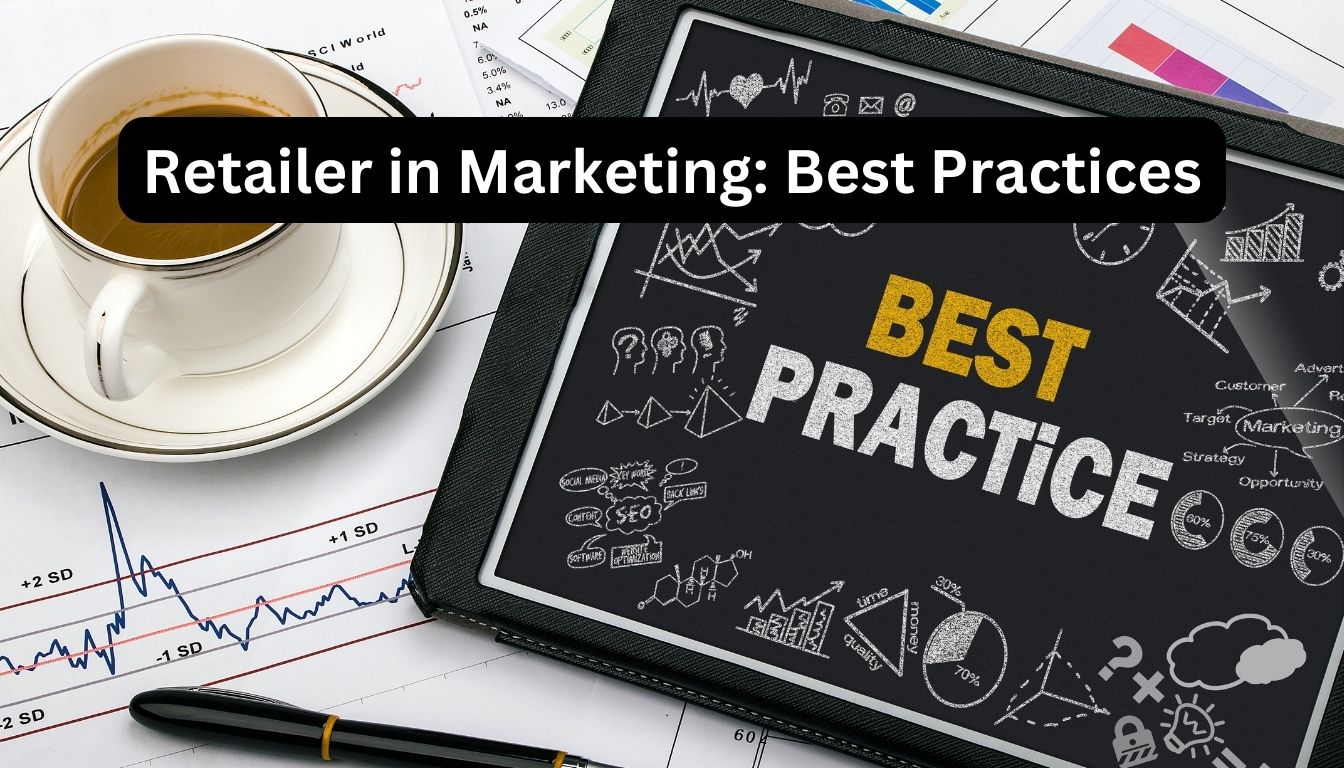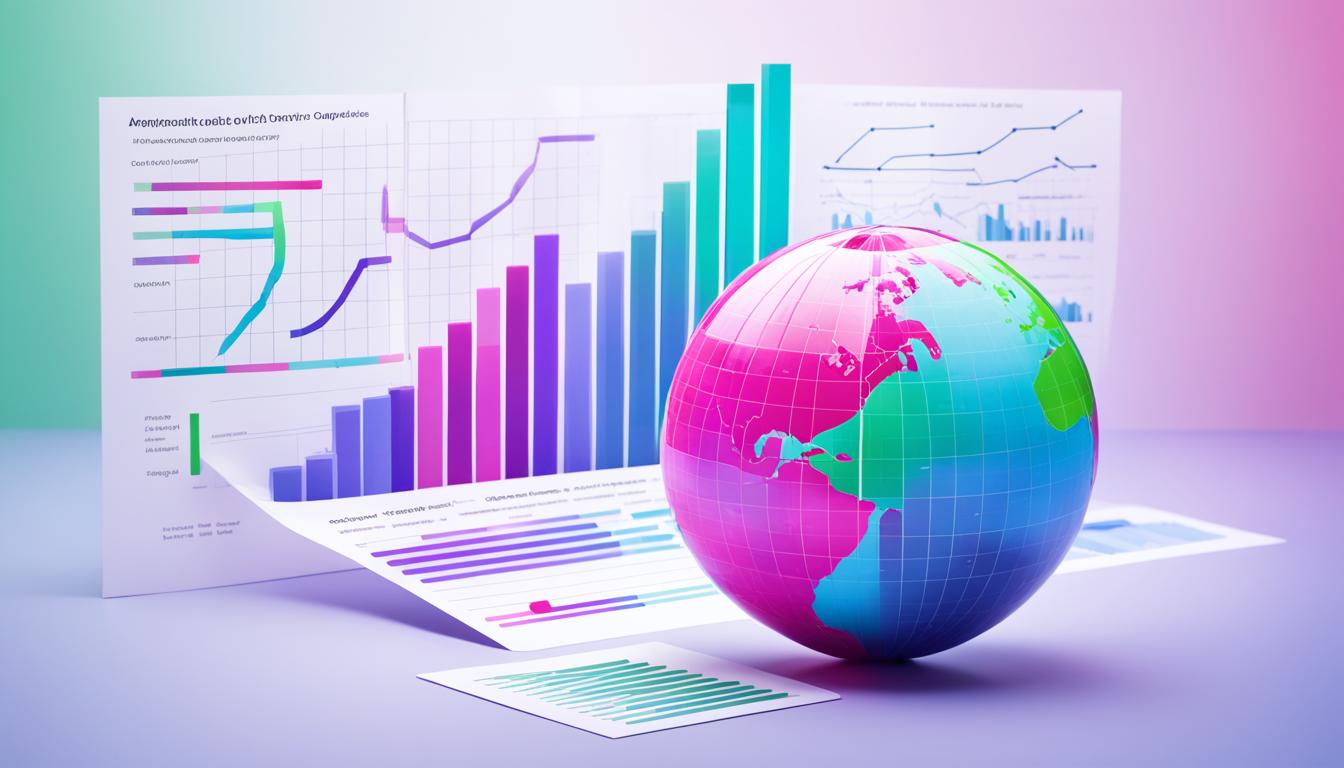Geofencing in marketing is a smart way for businesses to reach customers based on where they are. By setting up virtual borders, or geofences, companies can send tailored ads and messages. These are for people who step into or leave these targeted areas. This tactic makes it easy for businesses to offer the right content and special deals to customers on the spot.
Recently, location-based marketing has gained popularity, with many companies using geofencing to connect with people they want to reach. This strategy is great whether the target is near the company’s store, a rival’s place, or a certain event location. With geofencing, businesses can grab the interest of likely customers and increase sales.
Now, let’s explore some real-life examples of brands that have nailed geofencing marketing.
Key Takeaways:
- Geofencing in marketing involves using virtual boundaries to target customers based on their location.
- This form of geolocation targeting enables businesses to deliver personalized ads and notifications to potential customers in real-time.
- Geofencing marketing can help businesses capture the attention of their target audience and drive conversions.
- Examples of geofencing marketing include Starbucks, Dunkin’, Uber, Johns Hopkins Hospital, and C.R. England.
- Implementing geofencing marketing requires businesses to set specific goals, understand their target audience, and choose the appropriate method for geofencing.
What is Geofencing Marketing?
Geofencing marketing creates virtual borders around places. It sends ads to people’s phones when they enter or leave these areas. This method helps businesses reach customers nearby, making them more likely to interact and buy.
With geofencing marketing, companies set virtual lines around their shops, rivals, or events. When someone steps into these zones, they get personalized ads. This makes the ads more relevant and interesting to them.
How Geofencing Works
Geofencing uses GPS, mobile networks, and Wi-Fi to find where a person is. Their phone tells the system when they cross into a geofence. This starts the sending of specific ads or messages.
Businesses choose the size and shape of their geofences. They can focus on areas around their place, a certain building, or paths people take. This way, they market to those most likely to visit.
They can reach out through mobile apps and online ads. For example, if you have their app and walk into their geofence, you’ll get special notices. Geofencing also works well with other targeting methods, like looking at what people like or how they behave, to improve ad success.
By targeting people in the right place at the right time, businesses can get more people to notice their brand. This leads to more interest and more sales.
| Benefits of Geofencing Marketing |
|---|
| Precise targeting of potential customers based on their proximity to a business |
| Personalization of ads and notifications for a more engaging user experience |
| Increase in customer engagement and conversion rates |
| Opportunity to deliver location-based offers and promotions |
Real-World Examples of Geofencing Marketing
Big brands like Starbucks use geofencing for sending special deals to users near their stores. The offers are based on what the user likes.
Burger King had a campaign named “Whopper Detour”. They offered discounts to people near McDonald’s, encouraging them to order through the Burger King app.
Small businesses also benefit from geofencing. For example, gyms, hotels, and care homes use it to reach people close to them.
Benefits of Geofencing Marketing
Geofencing marketing brings many benefits to improve your marketing strategy. It allows businesses to target people based on their location. This means messages can be more relevant and precise.
One big plus is sending personalized ads and notifications. Businesses use where people are to tailor messages. This makes user experiences better and more personal. It also makes people more likely to buy something.
Businesses can grow customer loyalty with geofencing. They do this by giving special deals when people are nearby. This makes customers more engaged and likely to come back. It creates a strong connection, leading to long-term loyalty and value.
Benefits of Geofencing Marketing:
- Precise targeting based on proximity to a business
- Personalization of ads and notifications
- Enhanced user experience
- Increased likelihood of conversion
- Fosters customer loyalty
- Delivers location-based offers and promotions
Geofencing marketing is a powerful tool for businesses. It helps them connect with customers in a targeted and personalized way. It combines precise targeting, personalization, and customer loyalty for a competitive edge.
| Benefits | Description |
|---|---|
| Precise targeting | Allows businesses to target potential customers based on their proximity to a business or specific location. |
| Personalization | Enables businesses to deliver customized ads and notifications to users based on their location. |
| Enhanced user experience | By delivering relevant and timely information, geofencing marketing creates a more engaging user experience. |
| Increased likelihood of conversion | Higher relevancy and personalization increase the chances of turning potential customers into actual buyers. |
| Customer loyalty | By offering location-based offers and promotions, businesses can foster loyal relationships with their customers. |
A visually-engaging image that represents the concept of geofencing marketing.
Geofencing Marketing Tactics
In geofencing marketing, companies have many ways to reach and win over potential customers. Here are three main strategies:
1. Location-Based Offers
One great strategy is location-based offers. Sending deals to people near a business can draw them in. This approach uses the closeness of potential customers, making them more likely to engage and buy. Offers like a special deal or limited-time promotion create a feeling of being special and urgent.
2. Competitor Conquesting
Competitor conquesting is a smart move in geofencing that can bring great outcomes. By targeting around rivals’ places, businesses can attract their visitors. This method reaches out to those thinking of buying from a competitor and offers them better options. It turns the competition’s power into your advantage, growing your customer list.
3. Audience Nurturing
Audience nurturing strengthens ties with customers through geofencing. It encourages ongoing engagement beyond just buying once. This includes loyalty programs and personalized messages, making customers feel special based on where they are. Keeping them updated with news or special events helps build loyalty and long-term connections.
Now, let’s look at a detailed table that outlines the main points and advantages of these geofencing tactics:
| Geofencing Marketing Tactics | Key Features | Benefits |
|---|---|---|
| Location-Based Offers | Sending targeted discounts or promotions to prospects near a business |
|
| Competitor Conquesting | Setting geofences around competitors’ locations to attract their prospects |
|
| Audience Nurturing | Using geofencing to encourage ongoing engagement and loyalty |
|
With these geofencing tactics, businesses can leverage location to offer tailored experiences, gain new customers, and keep the ones they have.
Real-World Examples of Geofencing Marketing
Large companies, such as Starbucks and Burger King, show how effective geofencing marketing can be. They’ve used it to connect with people they want to reach and get great results.
Starbucks
Starbucks is a big name in coffee and has done well with geofencing marketing. They send special offers through their app to people nearby. This means they target customers close to their shops, making them more likely to visit.
Burger King
Burger King’s “Whopper Detour” campaign was very clever. They offered Whoppers at a discount to people near McDonald’s. This move not only drew in customers from McDonald’s but also got a lot of people talking. It proved how strong geofencing marketing can be in bringing in customers.
Small Businesses
It’s not just big companies that benefit from geofencing marketing. Small businesses like assisted living places, gyms, and hotels use it too. They set up digital boundaries around their places. Then, they send ads and messages to people nearby. This helps them get noticed by potential customers close to them. Geofencing is a smart way for smaller businesses to stand out online.
These examples from Starbucks, Burger King, and small businesses show geofencing marketing works. It’s great for big and small businesses wanting to grow locally.
Best Practices for Using Geofencing Marketing
To use geofencing marketing well, businesses should follow these top tips:
1. Set Clear Goals for Your Campaigns
First, know what you want from your geofencing marketing. Set specific, clear goals that match your broader marketing plans. These goals help you see if your campaigns succeed and guide your choices.
2. Understand Your Target Audience
Knowing your audience is key for good geofencing marketing. Do deep research to figure out who your perfect customers are. Learn their ages, likes, and what they do. This lets you customize your messages so they speak directly to your audience and spark interest.
3. Choose the Right Geofencing Method
There are different ways to set up geofencing marketing. You can do it yourself, hire a developer for a custom solution, or use a geofencing agency. Look at what each can offer and pick the best fit for your resources and objectives.
4. Determine Specific Areas or Locations to Target
Geofencing lets you target very specific places. Pick areas that match your business goals best. You can focus on certain neighbourhoods, places where competitors are, locations of events, or where your audience hangs out.
5. Ensure Accuracy of Foundational Data
Your geofencing’s success relies on correct data. Make sure your location data is accurate and current. This prevents targeting mistakes or ineffective campaigns. Always check and refresh your data to keep it correct.
| Benefits of Best Practices in Geofencing Marketing |
|---|
| 1. Enhanced campaign performance |
| 2. Improved customer targeting |
| 3. Increased engagement and conversions |
| 4. Optimal resource allocation |
By using these best practices, businesses can make the most of geofencing marketing. Setting clear goals, knowing your audience, picking the right methods, targeting well, and using accurate data will enhance your results. These steps will bring you closer to your customers and boost your success.
How Geofencing Works
Geofencing is a smart way that uses GPS, mobile signals, and Wi-Fi to mark areas on a map. These marked areas, called geofences, can cover any space. This could be a circle around a place, how far one can go in a certain time, or the shape of a building.
When you walk into or out of these areas with your phone, you might get ads or messages. This works because your phone knows where you are through GPS. It talks to the geofencing system using the internet or your phone’s data connection.
Say, a store draws a virtual line a mile around itself. If you enter this area with your phone, the store’s system can ping you. It might offer you a deal to encourage you to visit.
An Illustration of Geofencing Technology
Here’s a picture to show how geofencing works:
The picture shows a geofencing system making a virtual line around a real place. If your phone crosses this line, the system knows. It can then send you discounts or info depending on where you are and what you like.
Geofencing is quite flexible. It lets companies talk to people in a direct and location-based way. By marking out virtual spaces, businesses can send you ads that matter to you, get you involved, and hopefully, get you to buy something.
4 Benefits of Geofencing Marketing
Geofencing marketing brings many benefits to businesses. It allows them to target accurately, personalize messages, save money, and be flexible.
- Precise Targeting: Geofencing helps businesses reach potential customers near a certain place. By setting up virtual boundaries, businesses can attract those more likely to be interested in their products or services.
- Personalization: This strategy lets businesses send tailor-made ads and alerts to people in certain areas. This makes the user experience better and increases sales chances. By using location and behavior, businesses can connect deeply with their customers.
- Cost-Effective: Compared to broad ads, geofencing is more budget-friendly. It helps businesses focus on people near them. This way, they don’t waste money on those who aren’t interested or too far away. It makes marketing more efficient.
- Flexibility: With geofencing, businesses can pick where they want to market. They can target a neighborhood, an event, or even a competitor’s spot. This adaptability helps companies meet their marketing goals better.
Geofencing marketing helps businesses target better, create personal connections, save money, and be flexible. It boosts their marketing efforts and helps them reach their audience more effectively.
| Benefit | Description |
|---|---|
| Precise Targeting | Target potential customers based on their proximity to a specific location. |
| Personalization | Deliver personalized advertisements and notifications based on location and user behavior. |
| Cost-Effectiveness | Reduce wasteful spending on advertising by focusing on individuals closer to a business. |
| Flexibility | Choose specific areas or locations that align with marketing goals. |
Conclusion
Geofencing marketing is a powerful way for businesses to reach people in specific areas. By setting up virtual boundaries, companies can send out ads and messages that really speak to their audience. This strategy helps increase interest, boost sales, and build strong customer relationships.
To make the most of geofencing marketing, it’s important to know the best practices. Start by setting clear goals and really getting to know your audience. Choosing the right locations for your geofences is also critical. This approach not only targets better but also personalizes messages, saves money, and offers flexibility.
As technology gets better, geofencing marketing will become even more important. It allows businesses to outdo their competition by providing customized experiences based on location. Adopting this strategy is smart, leading to great results and helping companies succeed in today’s digital world.



